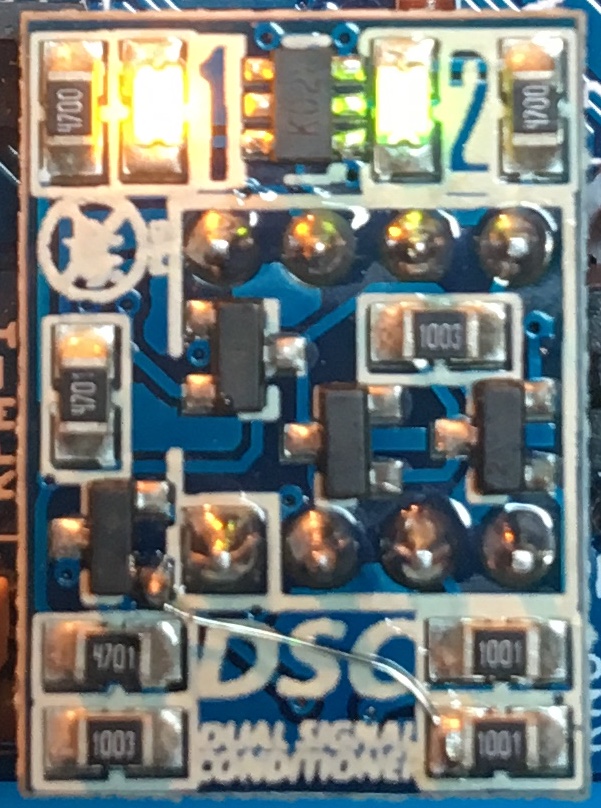- Fri Jun 19, 2020 11:19 am
#43760
Hi there - I have a CORE4/ATmega based speeduino running for a Ducati engine (90 degree V-twin). I've been doing some bench testing, and one of the things that I have noticed is that the ignition advances significantly at high revs.
To test this, I'm using a 60-2 wheel, and have fixed angle mode enabled at 0 degrees, as well as the trigger angle set to 0 degrees, so the spark should coincide with the rise of tooth #0.
At lower revs (2000rpm in the below capture), it holds pretty solidly, and the ignition pulse goes low, shortly after tooth 0

However - holding a simulated 7750 rpm, I see a lot of unintended advance:

Investigating results over a wider rev range (using an automated test rig) I'm seeing a chart like this:

Bearing in mind that for this, some additional error will be present by the method of measurement (which was an Arduino ATmega2560 reading the pulses, averaged over a sample of 250 data points per RPM).
Particularly, it seems to break down with occasional sync loss and very poor ignition timing at around about 7500rpm or higher.
I suspect this additional latency that is creeping in may be from the ATmega2560 itself. Is it struggling to keep up with higher RPM? If so, I'm guessing that the higher clock speed of a Teensy may well be the way forward...
To test this, I'm using a 60-2 wheel, and have fixed angle mode enabled at 0 degrees, as well as the trigger angle set to 0 degrees, so the spark should coincide with the rise of tooth #0.
At lower revs (2000rpm in the below capture), it holds pretty solidly, and the ignition pulse goes low, shortly after tooth 0

However - holding a simulated 7750 rpm, I see a lot of unintended advance:

Investigating results over a wider rev range (using an automated test rig) I'm seeing a chart like this:

Bearing in mind that for this, some additional error will be present by the method of measurement (which was an Arduino ATmega2560 reading the pulses, averaged over a sample of 250 data points per RPM).
Particularly, it seems to break down with occasional sync loss and very poor ignition timing at around about 7500rpm or higher.
I suspect this additional latency that is creeping in may be from the ATmega2560 itself. Is it struggling to keep up with higher RPM? If so, I'm guessing that the higher clock speed of a Teensy may well be the way forward...

